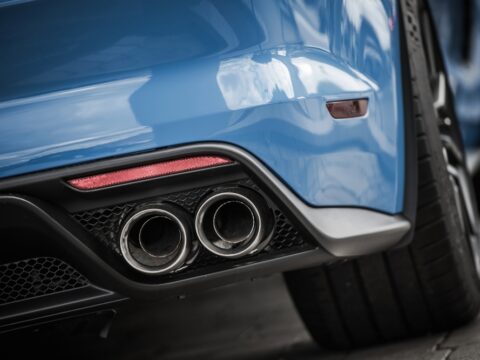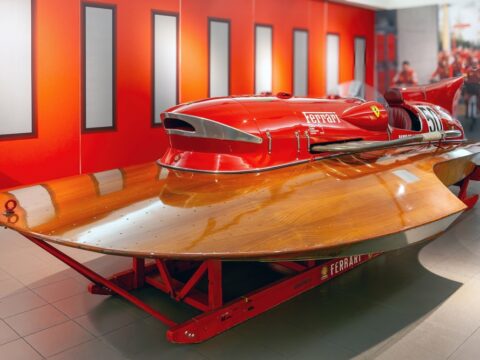Classic cars have a timeless appeal, but they aren’t perfect. Many enthusiasts and collectors encounter frustrating design flaws that can make owning and maintaining these beauties a challenge. In this list, we highlight the 15 most hated design flaws in classic cars, shedding light on the quirks and issues that drive owners crazy.
Contents
Poorly Designed Drum Brakes
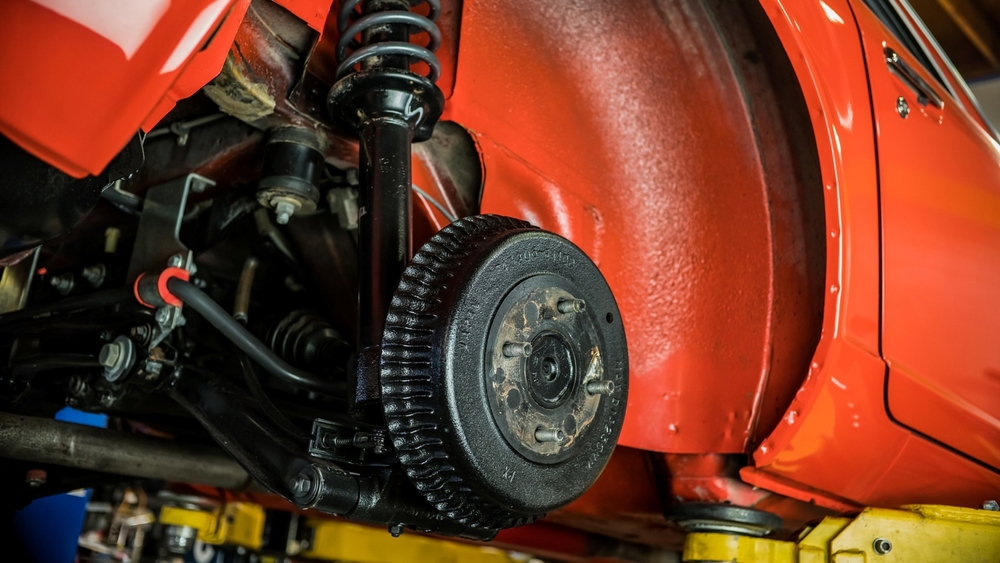
Drum brakes in classic cars are often inefficient and prone to overheating. Unlike modern disc brakes, drum brakes have limited stopping power and can fade significantly under heavy use. This can be especially dangerous during high-speed driving or downhill descents, making them a major safety concern for vintage car enthusiasts.
Non-Synchronized Transmissions
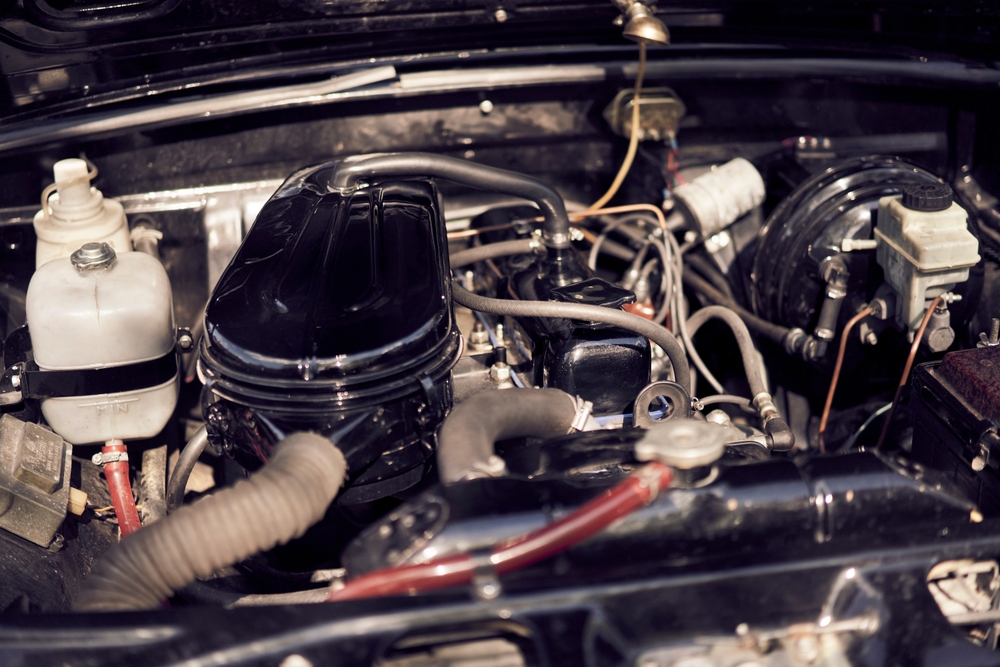
Non-synchronized, or “crash” gearboxes, are notoriously difficult to shift smoothly. Drivers must double-clutch to match engine and transmission speeds, which can be tricky and lead to gear grinding. Over time, this can cause significant wear and tear on the transmission, making it a hated feature among classic car owners.
Vacuum Windshield Wipers

Vacuum-operated windshield wipers are known for their inconsistent performance. They often slow down or stop entirely when the engine is under load, such as during acceleration. This can be particularly frustrating and dangerous in heavy rain, leading to poor visibility and increased risk of accidents.
Manual Choke Systems
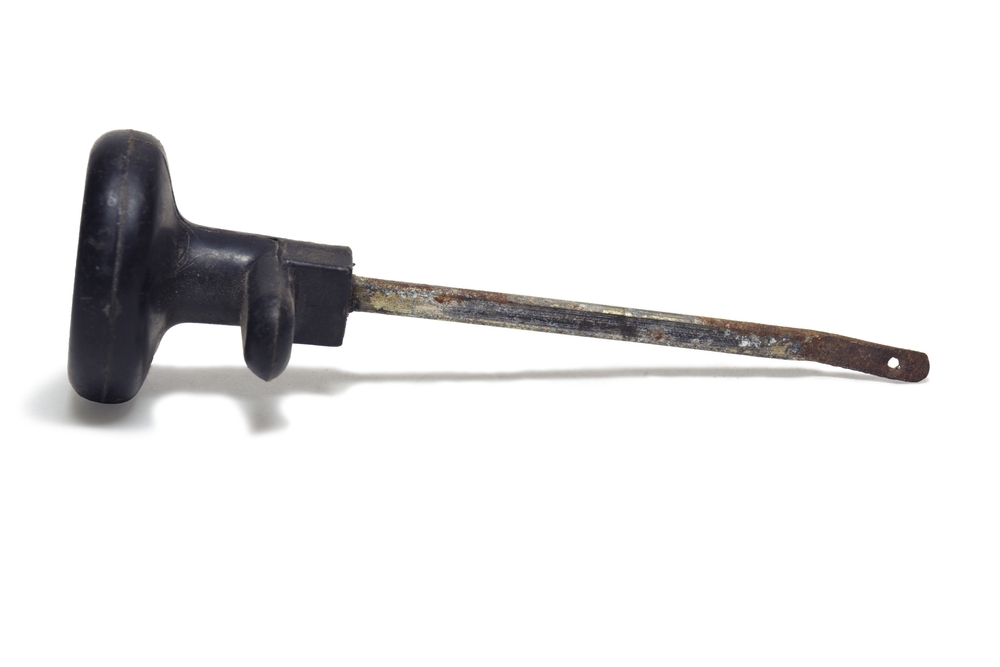
Manual choke systems require the driver to adjust the air-fuel mixture manually, which can be finicky and hard to get right. Improper adjustment can lead to engine stalling, poor fuel economy, and difficulty starting the car, especially in cold weather. This adds an extra layer of complexity to operating classic cars.
Lack of Seat Belts
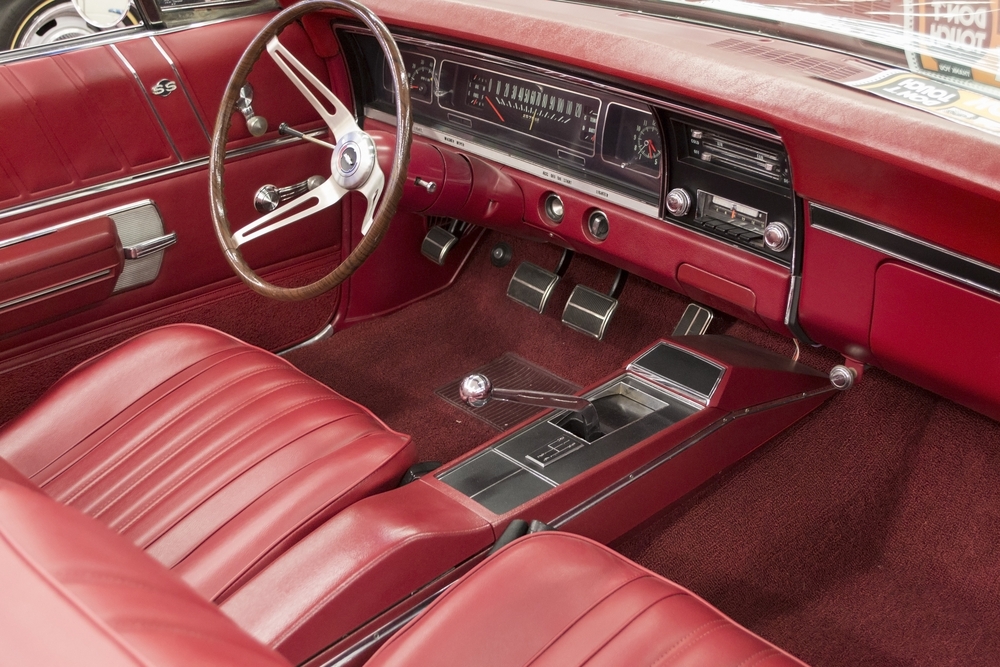
Many older classic cars were built before seat belts became standard safety equipment. The absence of seat belts poses a significant safety risk, as they are crucial for protecting occupants in the event of a collision. This makes driving these vehicles inherently more dangerous compared to modern cars.
Weak Electrical Systems
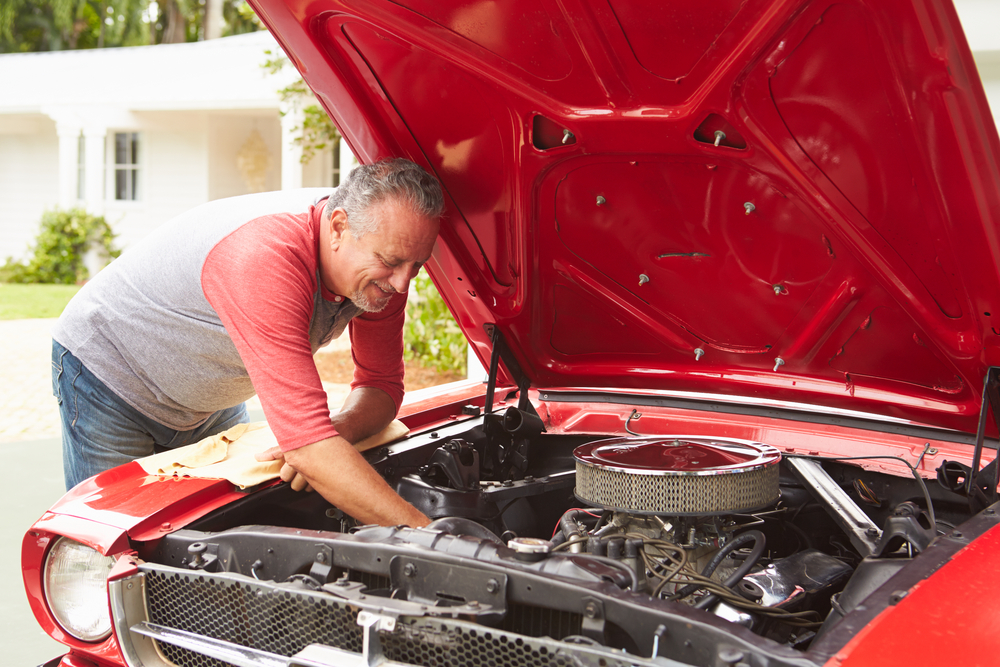
Classic cars often feature weak electrical systems that are prone to frequent failures. Issues like dim headlights, unreliable ignition systems, and faulty wiring can be common. These problems can lead to a range of inconveniences and potential safety hazards, making them a major frustration for owners.
Poor Rust Protection
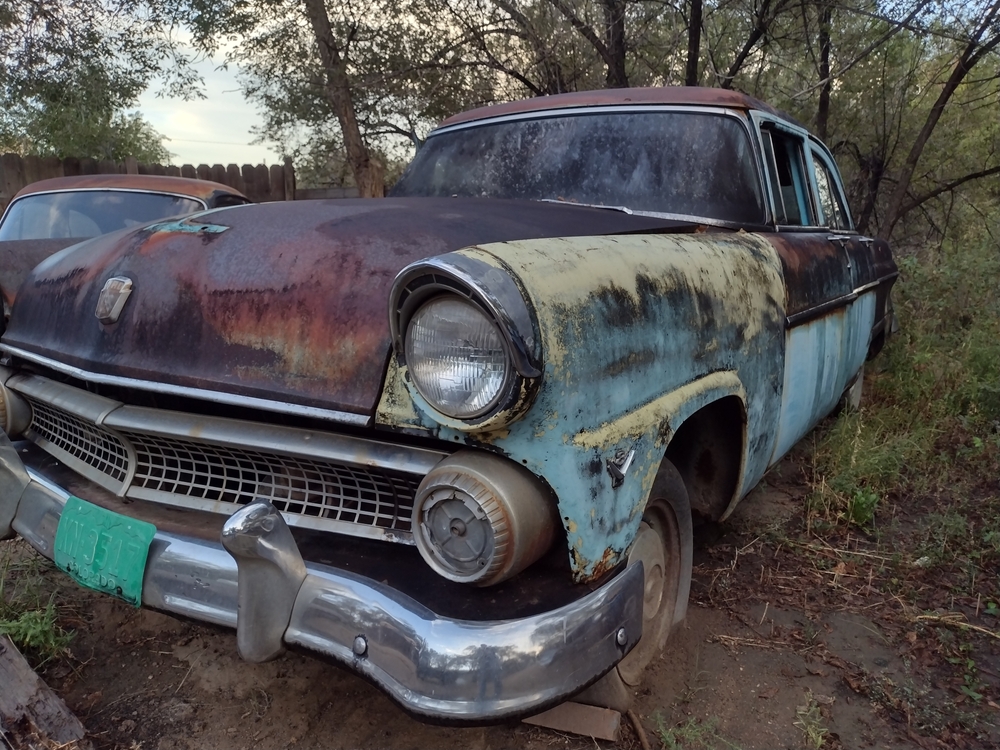
Many classic cars are notorious for their poor rust protection. Inadequate coatings and materials used in the construction lead to rust issues, particularly in areas prone to moisture. This not only affects the car’s appearance but also compromises structural integrity over time, requiring extensive and costly repairs.
Inefficient Heating and Cooling Systems
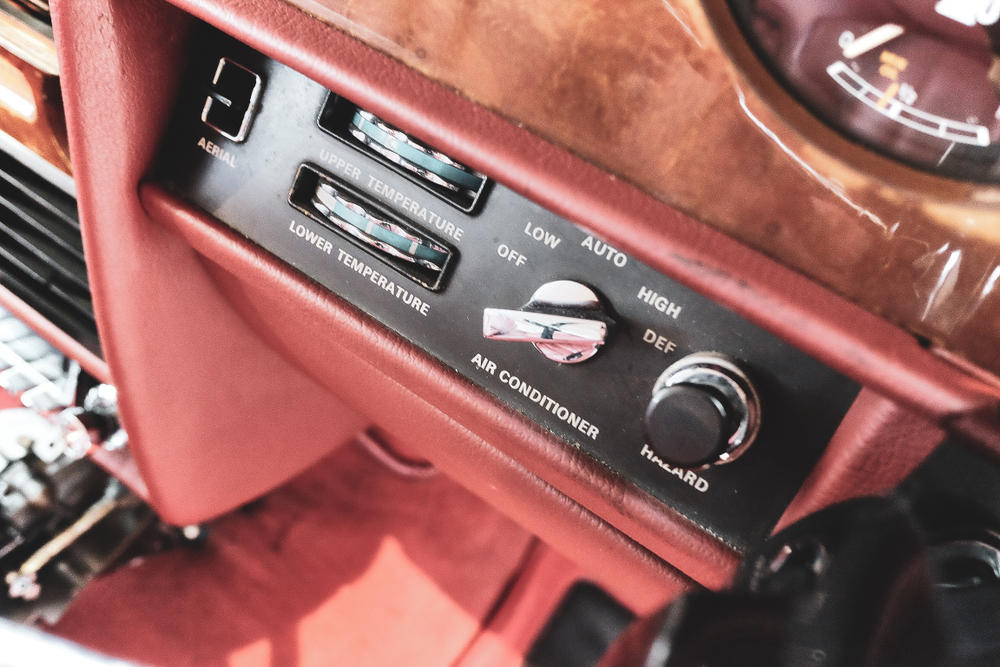
The heating and cooling systems in classic cars are often unreliable and inefficient. In extreme temperatures, these systems can fail to provide adequate comfort, making winter driving unbearably cold and summer driving uncomfortably hot. This lack of climate control is a significant drawback for daily use.
Heavy Steering
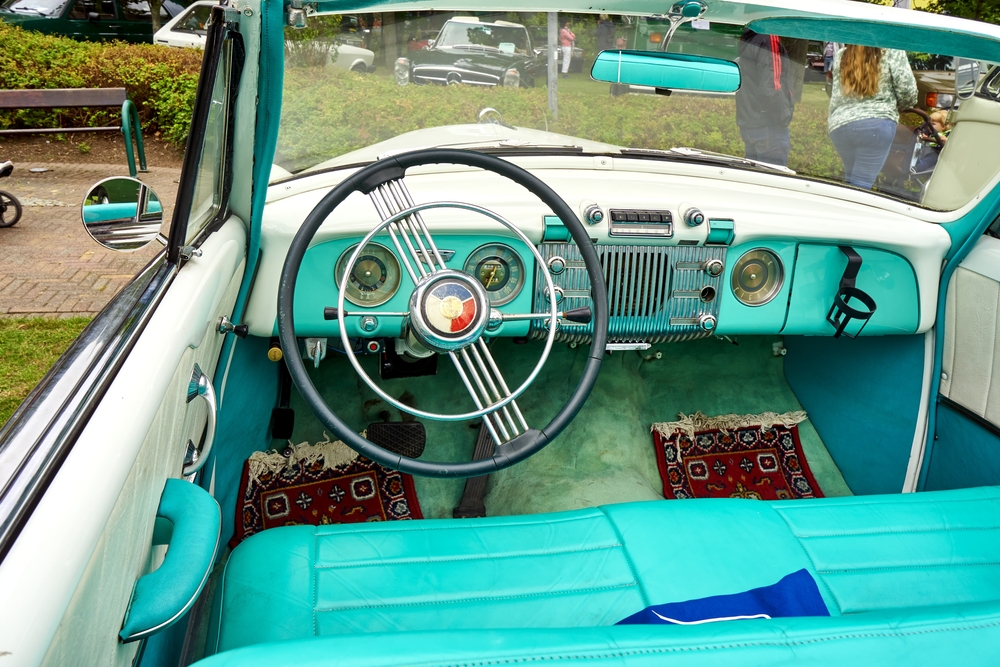
Without power steering, maneuvering a classic car can be a workout. Heavy steering makes low-speed maneuvers, such as parking, particularly challenging. This can lead to driver fatigue and reduced enjoyment of the driving experience, especially for those accustomed to modern power-assisted steering systems.
Non-Adjustable Seats
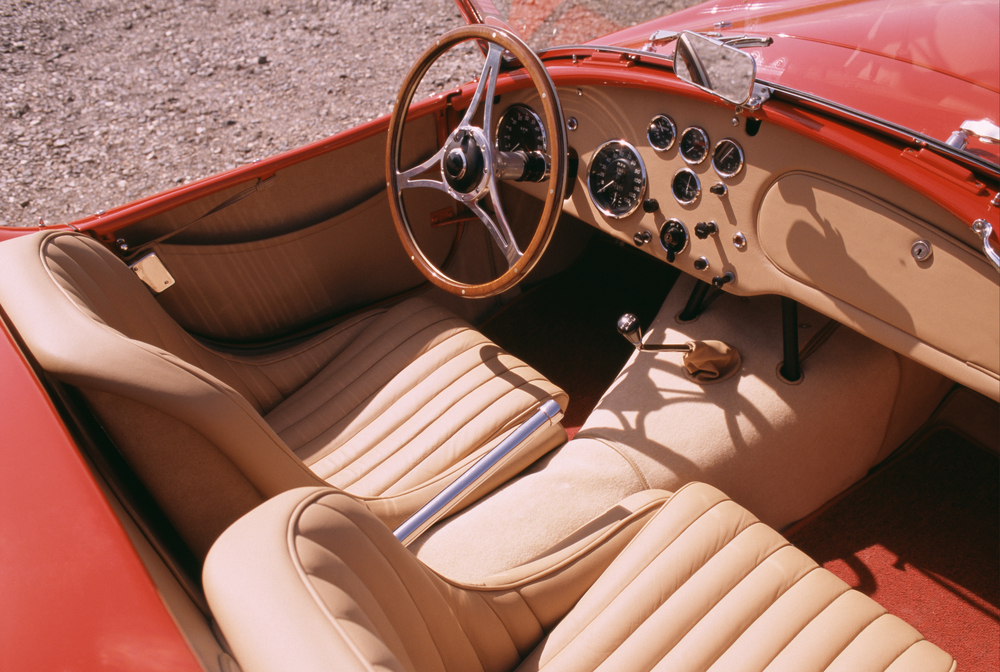
Many classic cars come with non-adjustable seats, offering limited comfort and poor ergonomics. Drivers and passengers often struggle to find a comfortable seating position, leading to discomfort on longer journeys. This lack of adjustability can be a significant drawback compared to modern cars’ customizable seating options.
Primitive Suspension Systems
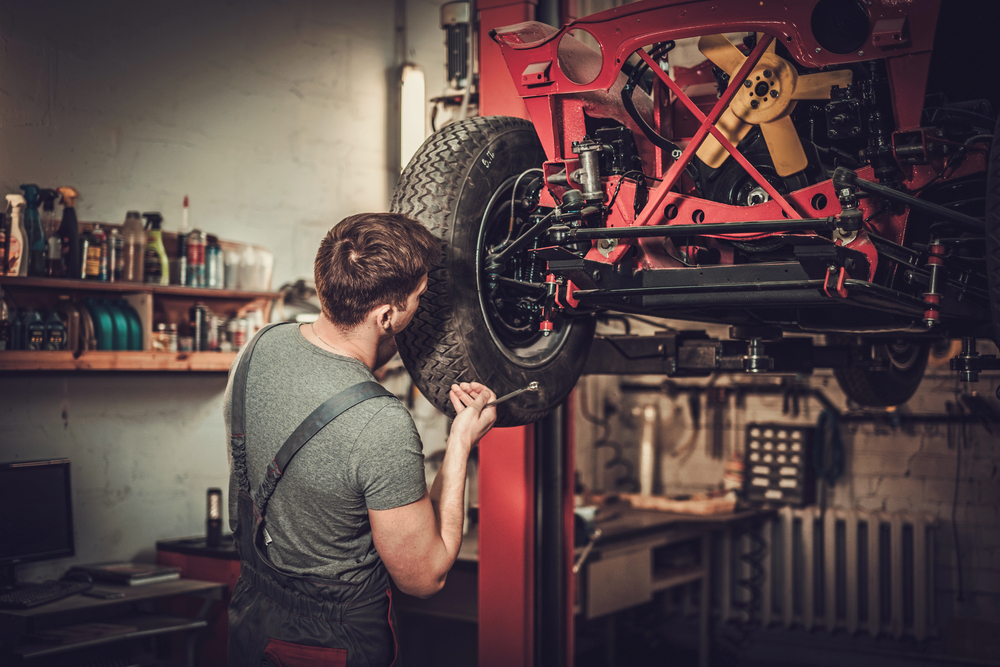
The suspension systems in classic cars are often primitive, resulting in a rough ride and poor handling. These outdated systems struggle to absorb bumps and provide stability, making driving on uneven roads uncomfortable and potentially hazardous. Modern suspension advancements highlight the shortcomings of these older designs.
Inadequate Soundproofing

Classic cars typically have inadequate soundproofing, resulting in noisy cabins. Road noise, engine sounds, and wind noise can all intrude into the interior, making conversations difficult and long drives tiring. This lack of acoustic insulation is a common complaint among vintage car enthusiasts.
Single-Circuit Brake Systems
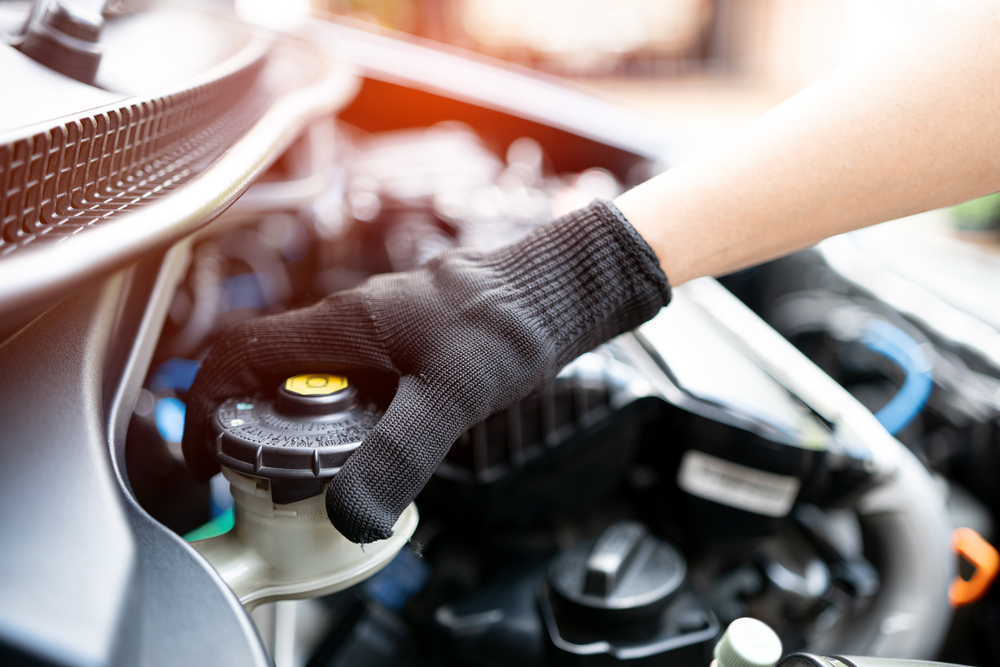
Many classic cars are equipped with single-circuit brake systems, which pose a high risk of total brake failure if a leak occurs. Unlike modern dual-circuit systems that provide redundancy, a failure in a single-circuit system can result in complete loss of braking capability, a serious safety hazard.
Basic Safety Features
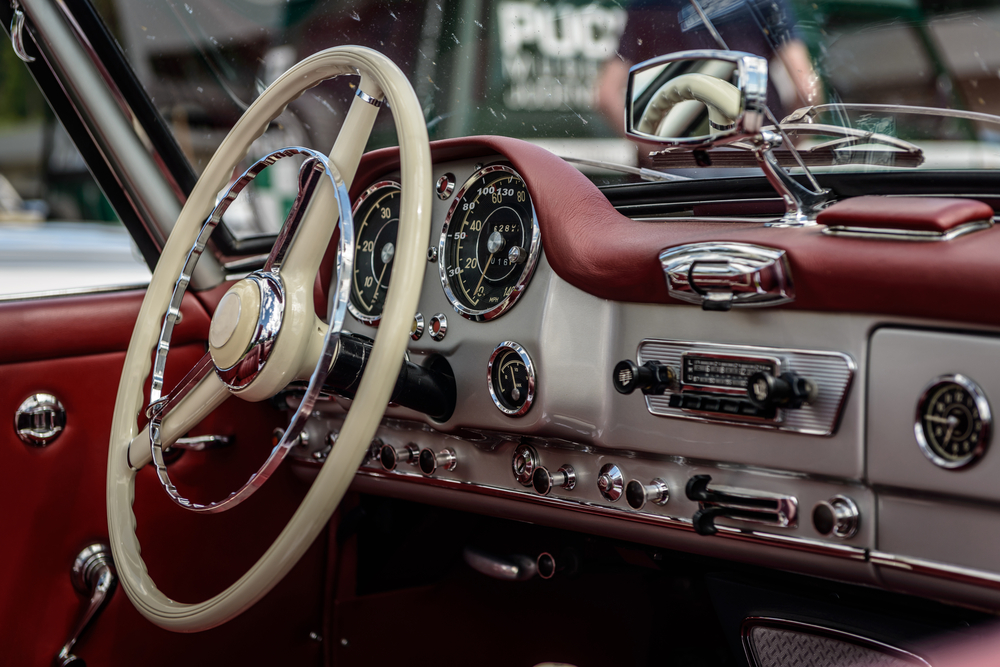
Classic cars often lack basic safety features such as airbags, crumple zones, and reinforced passenger compartments. This absence makes them significantly less safe in the event of an accident, highlighting the advancements in automotive safety technology that have become standard in modern vehicles.
Dim Headlights
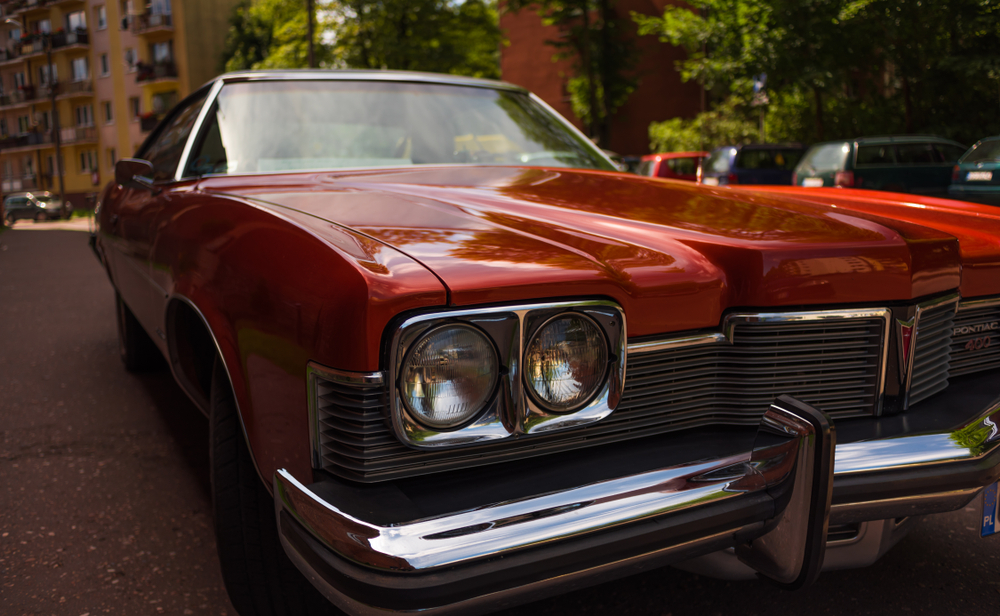
Dim headlights in classic cars can severely impair nighttime visibility. The old halogen or incandescent bulbs used in these vehicles are not as bright or efficient as modern LED or HID lights. This limitation makes night driving more challenging and increases the risk of accidents.
This article originally appeared in MyCarMakesNoise.
More from MyCarMakesNoise
11 Fastest Luxury SUVs Available for Purchase

Luxury SUVs have evolved beyond being simply spacious and comfortable family vehicles. Today, they combine elegance with high-octane performance, delivering the best of both worlds. Read More.
13 Aerodynamic Coupes with Outstanding Speed and Handling

For drivers who crave both speed and precision, aerodynamic coupes are the perfect combination of style and performance. These vehicles are designed with sleek, sculpted bodies that minimize drag, allowing them to glide through the air effortlessly. Read More.
8 Fastest Personal Watercrafts You Can Ride

When it comes to thrills on the water, few things match the excitement of riding a high-speed personal watercraft. These machines are designed for adrenaline seekers who crave the rush of cutting through waves at top speeds. Read More.

